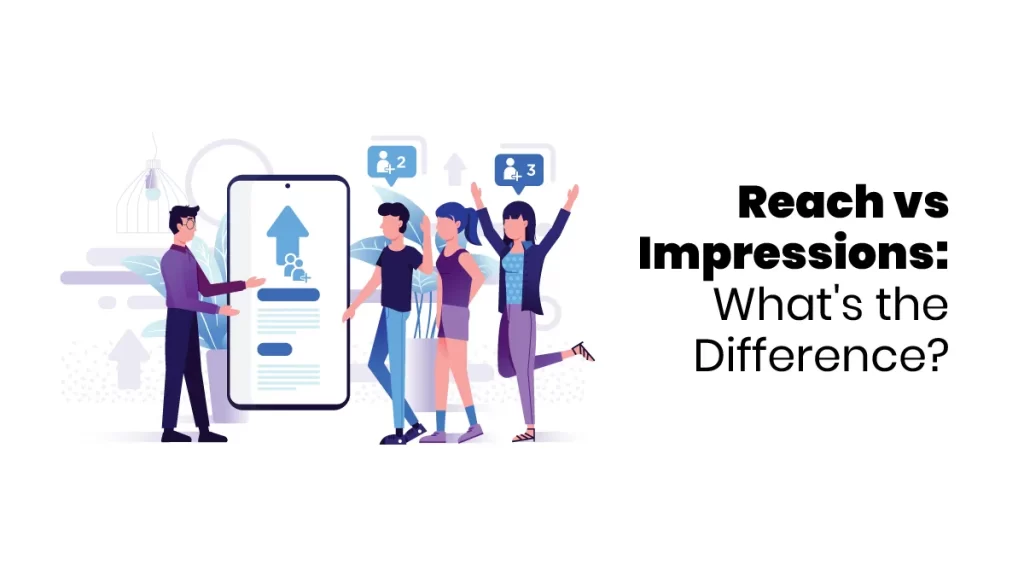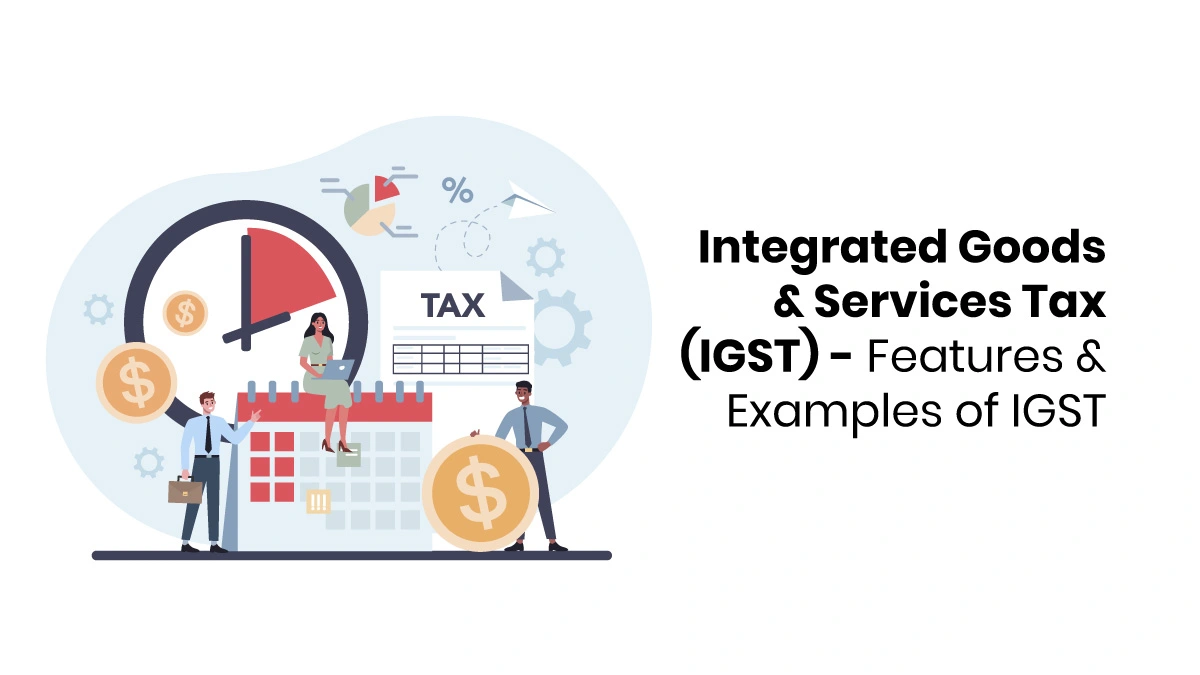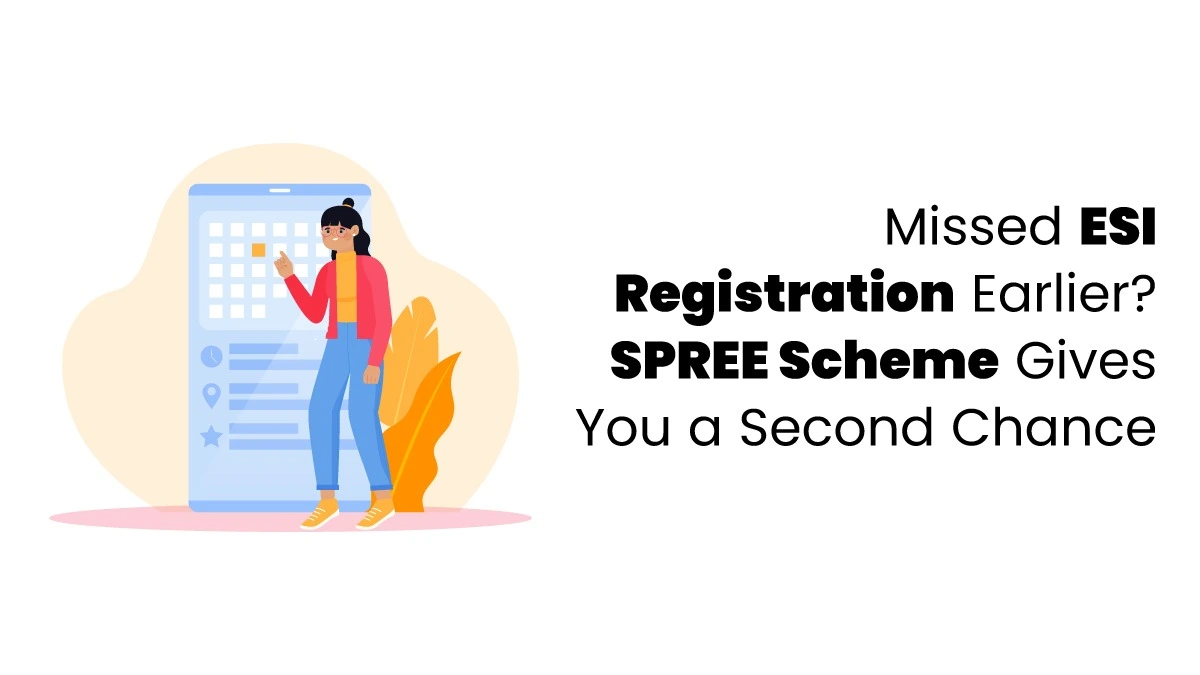Do you want to know what makes reach and impressions different and why they matter for your marketing?
Impressions and reach are important for seeing how your marketing is performing. You may think that both are the same, but they are different, which helps to reach the specific goals.
Understanding about reach and impressions helps you to make the best decisions while following the marketing strategies. Read more to understand what each one means and why it matters in the marketing strategy!
Difference between Reach and Impressions
To use proper marketing strategies, one should know the difference between reach and impression. Reach measures the total number of individual users who see your content, while impressions count how many times your content is displayed, including multiple views by the same user. Impression is defined as the number of people that come across your content. Impressions are the viewership of your content irrespective of the clicks that roster the content.
You might have noticed that your reach is often less than your follower count. That’s because reach only counts the people who saw your post or ad, not everyone who could have seen it. At a digital marketing training institute in Kochi, you learn that if all social media platforms had the same tools to measure your performance, you would still need to review each platform individually to see which delivers the best results.
Let’s explore some of the top platforms marketers rely on.

Facebook has about 3 billion monthly users, making it the most popular platform. If you post from your profile, you only see how many likes you get. If you have a business page, you can view data like reach and engagement in the insights section. However, you’ll need to spend money on ads to see both reach and impressions. Reach shows how many unique people saw your content. Impressions count how often your content appeared on screens, like in news feeds or search results.
On Instagram, you can only see how many people saw your posts and how often you pay for ads. Since Meta owns Instagram, it’s easy to compare this data with other Meta platforms to see which works best for you. Impressions show how often your content appears on screens. For example, if a user sees your post once, that’s one impression. If they see it three more times, that’s three additional impressions.
Twitter/X
Twitter/X makes it hard to compare reach and impressions. It only shows impressions, and their definition of an impression is different. For example, if someone just scrolls past your tweet without reading it, it still counts as an impression.
LinkedIn is useful for B2B and SaaS businesses. They count an impression when half of your content is visible for at least 300 milliseconds. They call each “unique impression” and only count a view if someone watches your video for at least three seconds.
YouTube
On YouTube, an impression is counted when your video’s thumbnail is shown for at least one second. Impressions are counted for views on PCs and mobile devices but not when your video is embedded on other websites, emails, or on YouTube’s mobile site.
Reach vs Impressions: Which Is More Important?
Both reach and impressions are key early in your sales funnel. At this stage, your goal is to increase brand awareness and ensure your target audience sees your content. The set goals will determine the focus on reach or impressions.
- Impressions are likely to be valued more if connections with potential customers are being built. If a user sees content multiple times, it could be due to the user returning for more information or comparing it with other options.
- Reach might be given more importance if the aim is to expand the audience. Building a broader audience through social media is often prioritized for smaller businesses or startups, although relationships are still considered necessary.
- It should be understood that focusing on reach or impressions does not mean neglecting other metrics. A business can be seen as a conveyor belt in constant motion.
- As customers progress through the funnel, customer experience analytics will be reviewed, and additional metrics like conversion rates and engagement will be assessed.
In marketing, decisions and strategies are guided by metrics. These metrics are not merely occasional snapshots but are viewed as continuous measurements of ongoing activities and confirmations of earlier decisions. Regular use of analytics is recommended to determine what is effective and what is not, allowing necessary adjustments to be made.
It is often suggested that greater importance is placed on reach and impressions by small businesses than larger ones. Larger businesses already possess an established presence and a solid customer base, leading to a focus on other metrics, such as customer retention and conversion rates. In a digital marketing specialist program, you’ll learn how different strategies and metrics apply to businesses of various sizes.










